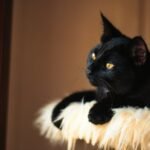When temperatures drop and snow starts to fall, you might find yourself wondering which of your furry family members will thrive in the cold and which ones need extra attention. While some cats seem to transform into outdoor snow leopards, others practically become living hot water bottles, seeking every warm surface in your home.
Winter care for cats isn’t just about keeping them inside when it’s chilly. Different breeds have vastly different needs when it comes to cold weather survival. Some hairless cats might struggle when your house dips below seventy degrees, while certain robust breeds can handle near-freezing temperatures like champions. Let’s explore which breeds need your extra attention during the colder months and which ones might actually prefer winter to summer.
Sphynx Cats – The Ultimate Winter Worriers

If there’s one cat breed that embodies the phrase “needs extra winter care,” it’s the Sphynx. These hairless beauties are incredibly sensitive to temperature changes, and if the temperature is uncomfortable for you, it’s much worse for them due to their lack of fur insulation. The ideal temperature range for Sphynx cats falls between 70°F to 80°F (21°C to 27°C), where they can maintain their body heat without feeling too cold or overheated.
You’ll need to dress your Sphynx in soft, breathable clothing during winter months. Cat sweaters, shirts, and jackets made from fleece or cotton provide an additional layer of insulation, helping to retain body heat and keep them comfortable in colder temperatures. Many Sphynx owners keep heated beds around the house, and these cats often sleep under covers with their humans at night. Never underestimate how quickly these cats can become dangerously cold.
Peterbald – Russia’s Hairless Wonder
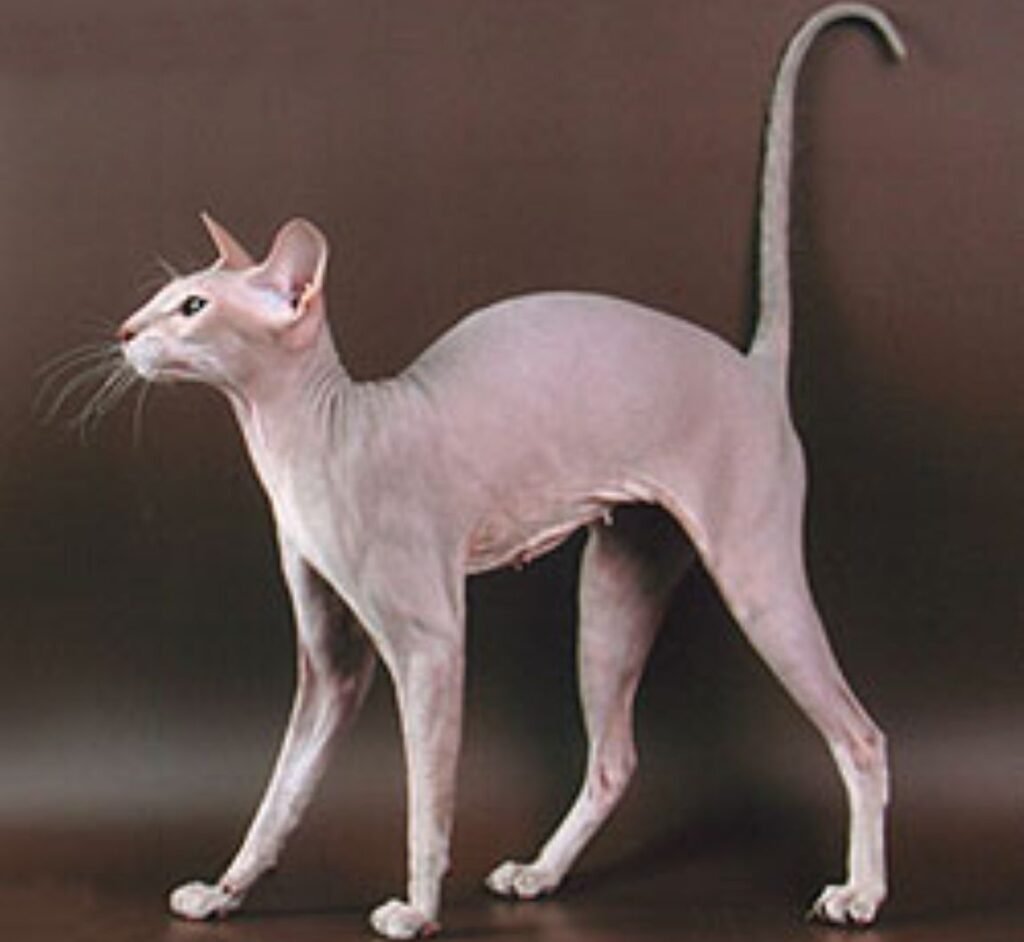
Peterbald cats, like other hairless breeds, are extremely sensitive to temperature changes and need help regulating their body temperature. Despite their Russian origins, these cats aren’t equipped for cold weather at all. Without fur to insulate them, they’re vulnerable to cold drafts and sudden temperature changes, requiring soft, breathable clothing made from natural, stretchy fabrics like cotton.
These cats need access to warm, cozy spots around your home, with heated pet beds, soft blankets, and cat caves being great options, especially in winter. Like Sphynx cats, Peterbalds burn more calories trying to regulate their body heat, so they may need slightly increased food portions in winter months. Their thin skin makes them particularly vulnerable to rapid heat loss.
Devon Rex – The Pixie With Delicate Needs
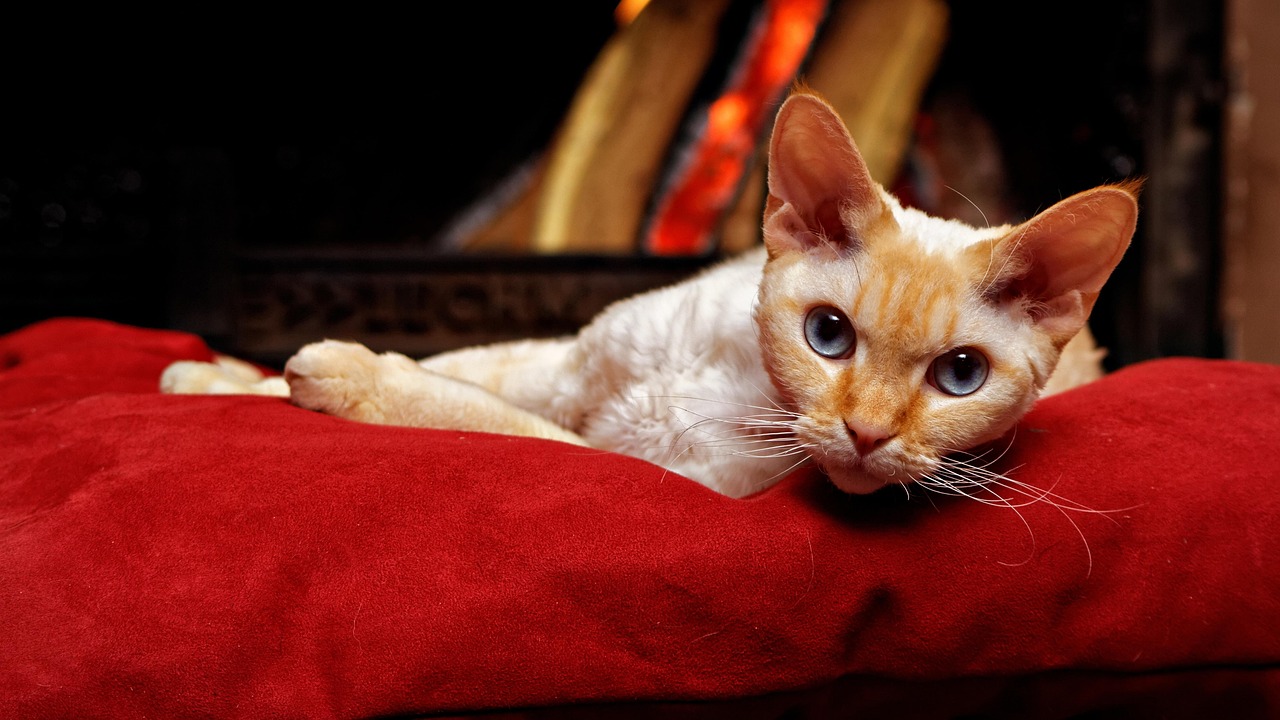
Devon Rex cats might have some fur, but their unique curly coat provides minimal insulation compared to other breeds. Their fine, wavy hair creates gaps that allow cold air to reach their skin easily. These elfin cats need consistent indoor temperatures and benefit from heated beds or warming mats during colder months.
Their large ears also make them susceptible to heat loss, so you’ll want to ensure they have plenty of warm hiding spots throughout your home. Consider providing fleece blankets and enclosed cat beds where they can curl up and conserve body heat. These cats are particularly sensitive to drafts, so check your windows and doors for cold air leaks.
Cornish Rex – Curls That Can’t Handle Cold
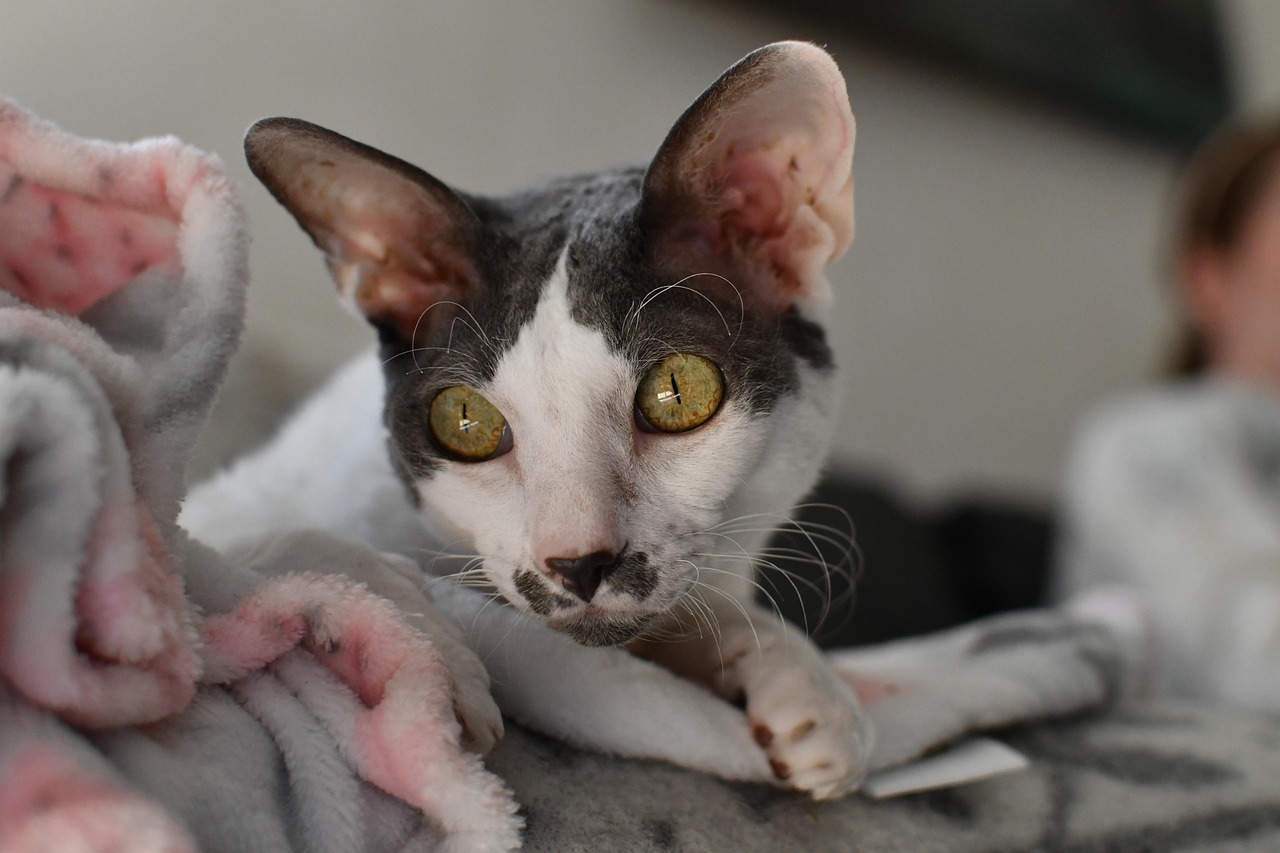
The Cornish Rex’s distinctive wavy coat might look thick, but it lacks the protective guard hairs that most cats have. This means their thin undercoat provides very little insulation against cold temperatures. These cats need similar care to hairless breeds when temperatures drop.
You’ll notice your Cornish Rex seeking out sunny spots and warm surfaces much more actively during winter. They benefit from cat-safe heating pads, heated cat beds, and even lightweight sweaters when your home gets particularly cold. Their playful nature means they’ll appreciate interactive toys that help them stay active and generate body heat naturally.
Siamese – Elegant but Fragile
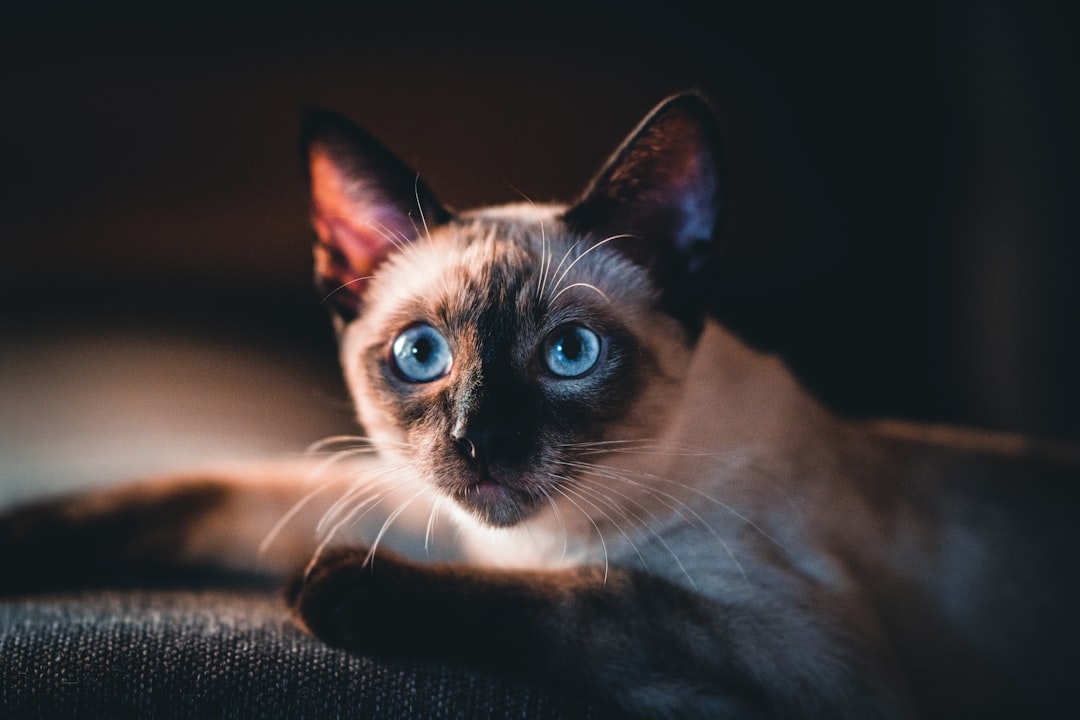
Siamese cats, along with American Shorthairs and Savannah cats, should be brought inside during winter. Their short coat and lean body type make them particularly vulnerable to cold weather. Short-haired breeds like Siamese cats are more sensitive to low temperatures compared to thick-furred breeds like Maine Coons.
These vocal cats will likely let you know when they’re cold, but watch for subtle signs like seeking warm spots more frequently or curling up in tight balls. Siamese cats benefit from warm bedding, consistent indoor temperatures, and protection from drafts. Their athletic build means they have less body fat to help insulate them from the cold.
Oriental Shorthair – The Thin-Skinned Beauty
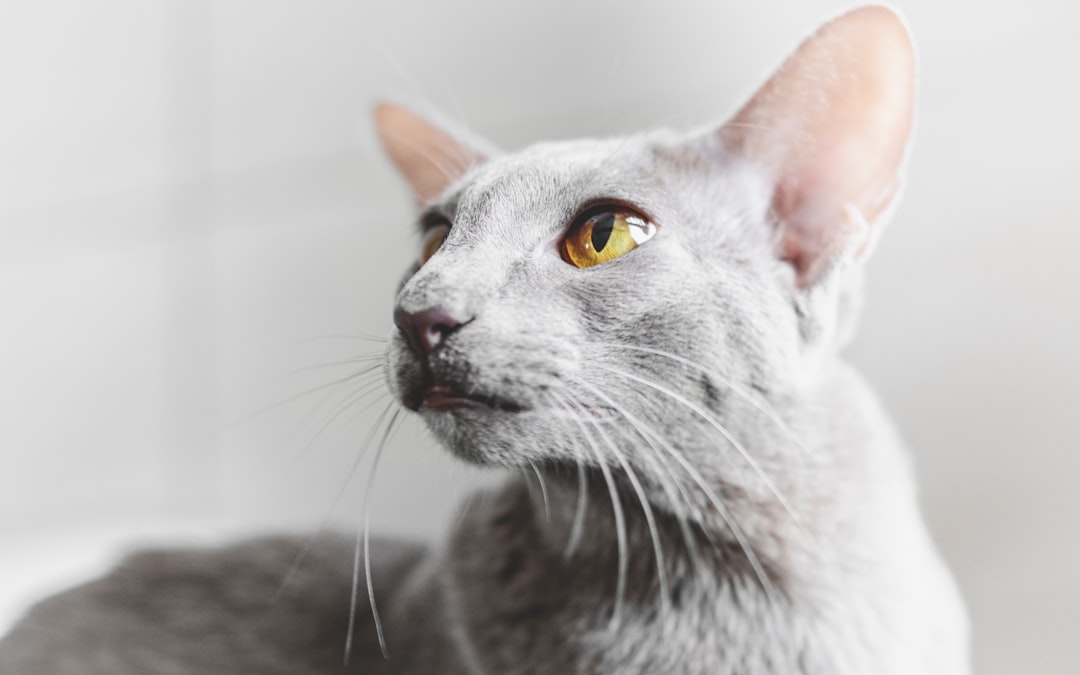
Oriental Shorthairs share many characteristics with their Siamese cousins, including sensitivity to cold temperatures. Their slender build and short coat make them poor candidates for cold weather exposure. These cats need warm indoor environments and benefit from heated beds during winter months.
Their large ears can lose heat quickly, making them feel cold even in moderately cool temperatures. Watch for signs like shivering, seeking warm spots, or reluctance to leave cozy areas. Providing multiple warm resting spots throughout your home will help these elegant cats stay comfortable all winter long.
Abyssinian – The Active Cat That Still Needs Warmth
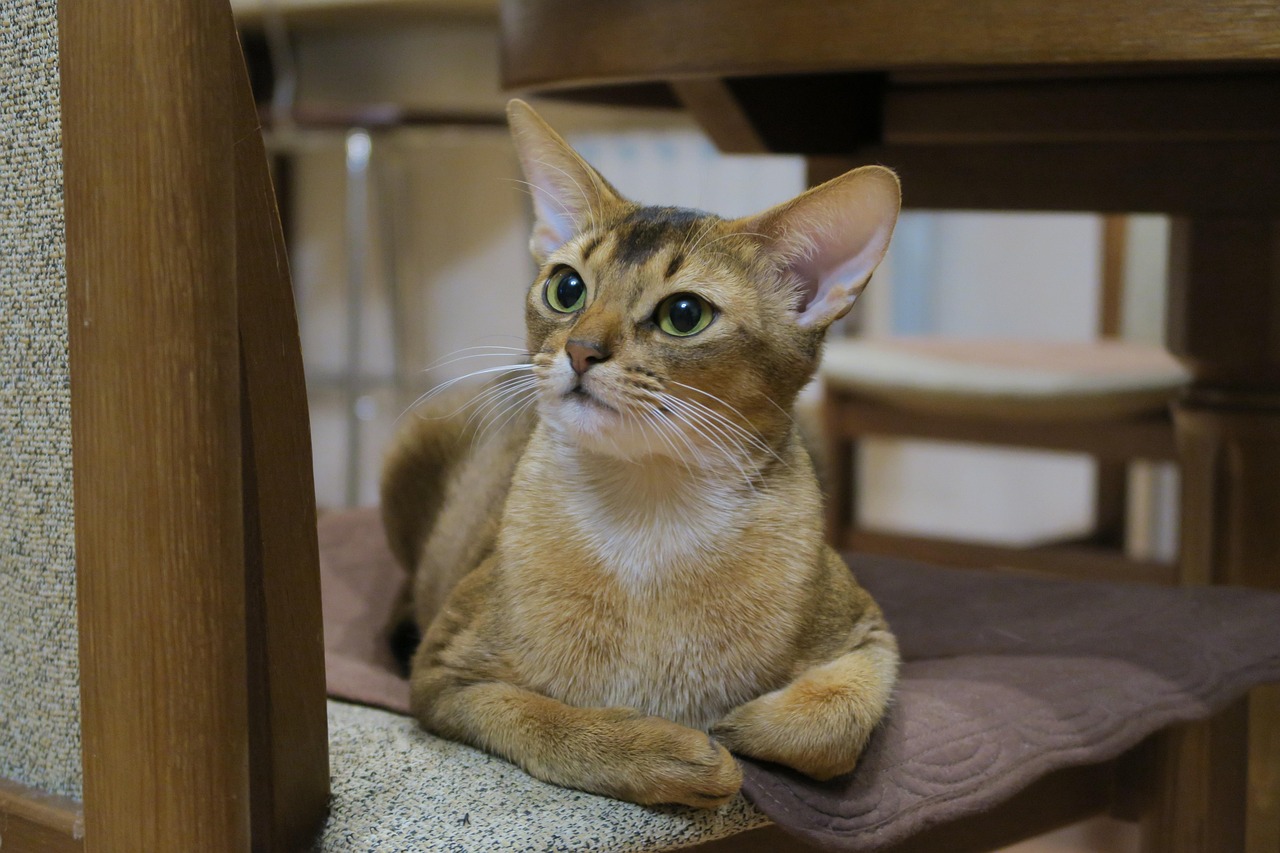
While Abyssinians are more robust than some breeds, their short coat still leaves them vulnerable to cold weather. These active cats might not show obvious signs of being cold due to their playful nature, but they still need protection from harsh winter temperatures.
Their athletic build and active lifestyle help them generate body heat, but they shouldn’t be left outside in cold weather for extended periods. Even cats that ask to go outside should stay indoors when temperatures drop below freezing (32 degrees Fahrenheit). Provide plenty of interactive toys to keep them moving and generating heat indoors.
Russian Blue – Surprisingly Sensitive Despite Origins
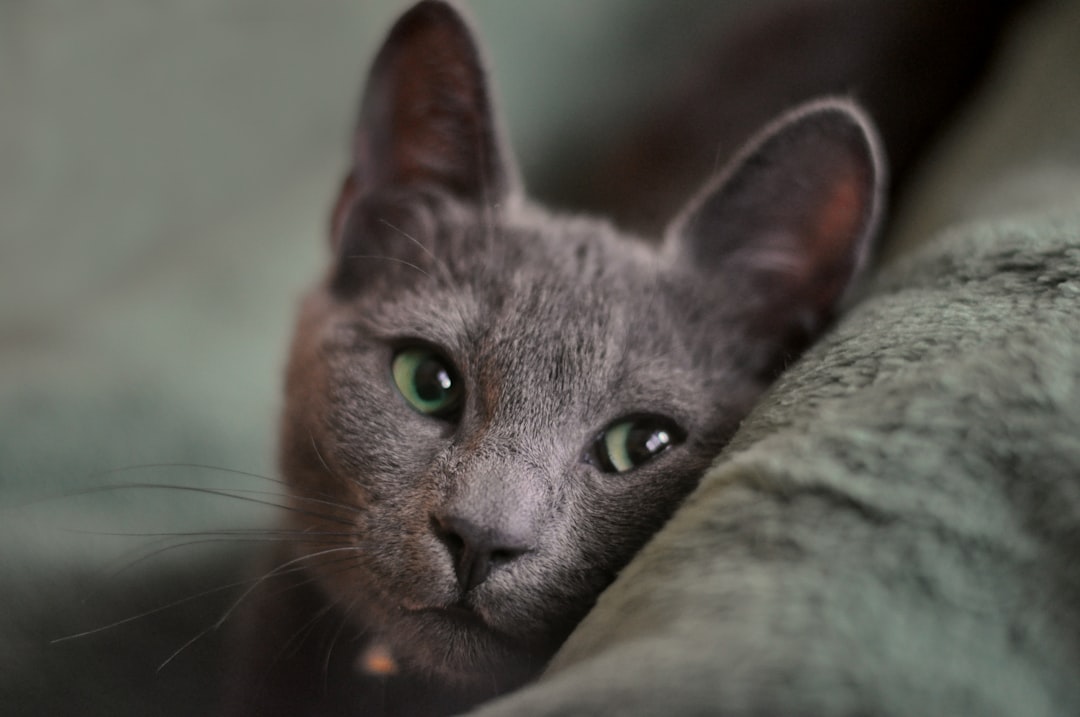
Russian Blue cats thrive in chilly climates with their double coat that’s short and dense, and can cope with cold temperatures in an average range of 50-70 degrees Fahrenheit. However, this doesn’t make them immune to harsh winter conditions. These cats originated near the Arctic Circle and keep warm with their hallmark double coat, which is short, dense, and blue tipped with silver.
While better equipped than many breeds, Russian Blues still need warm indoor environments when temperatures drop significantly. Their dense coat provides good insulation, but extreme cold can still be dangerous for them. They appreciate warm bedding and consistent indoor temperatures during the coldest winter months.
Bengal – The Wild-Looking Worrier
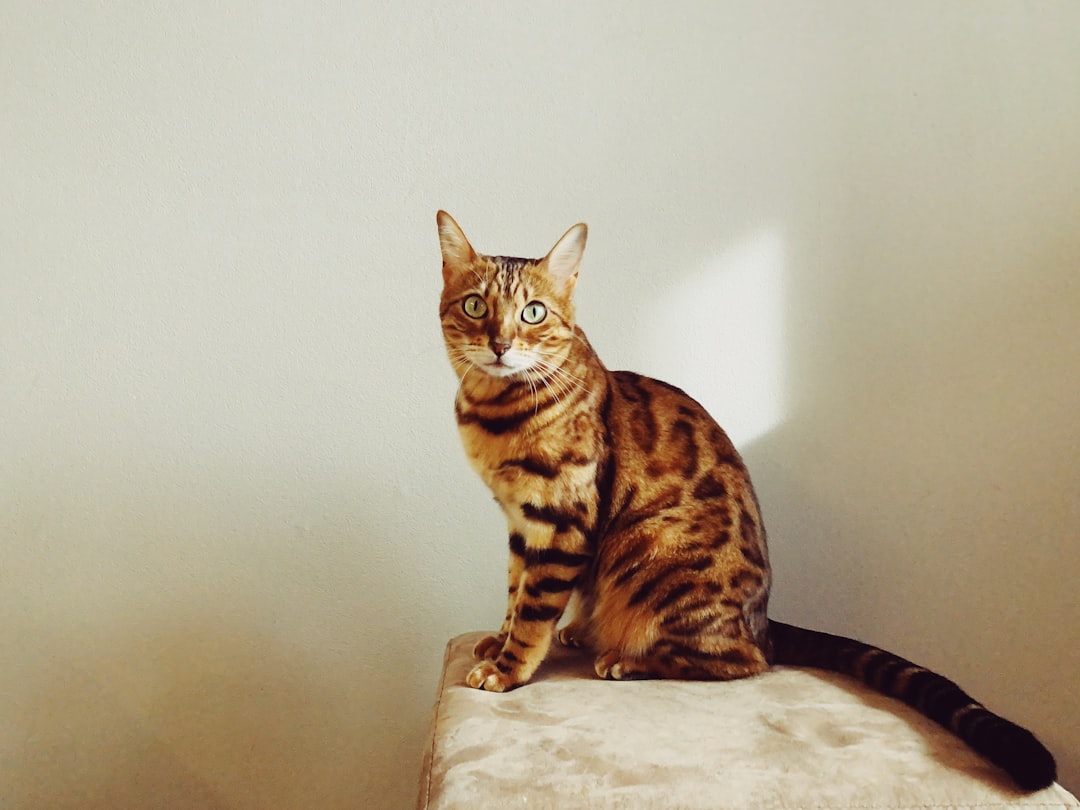
Bengal cats might look like they belong in the wild, but their short coat doesn’t provide much protection against cold weather. These energetic cats need consistent indoor temperatures and protection from winter elements. Their lean, muscular build means they have less body fat for insulation.
Their high activity level helps them stay warm, but they shouldn’t be outside during cold weather without supervision. Young or very old cats are extra susceptible to cold symptoms, as are cats with health problems. Bengals benefit from interactive play sessions that help them generate body heat naturally while staying safely indoors.
Savannah – The Exotic That Needs Extra Care

Savannah cats, along with breeds like American Shorthair and Siamese, should absolutely be brought inside during winter. Their African Serval ancestry means they’re adapted to warm climates, not cold winters. These large cats need consistent warm temperatures to stay healthy during winter months.
Their short coat and lean build make them vulnerable to hypothermia in cold conditions. The best way to prevent feline frostbite or hypothermia is to keep them inside during below-freezing temperatures and ensure they have a cozy place to stay warm. Despite their wild appearance, Savannah cats need the same winter care as other domestic short-haired breeds.
Siberian – The Snow-Loving Giant
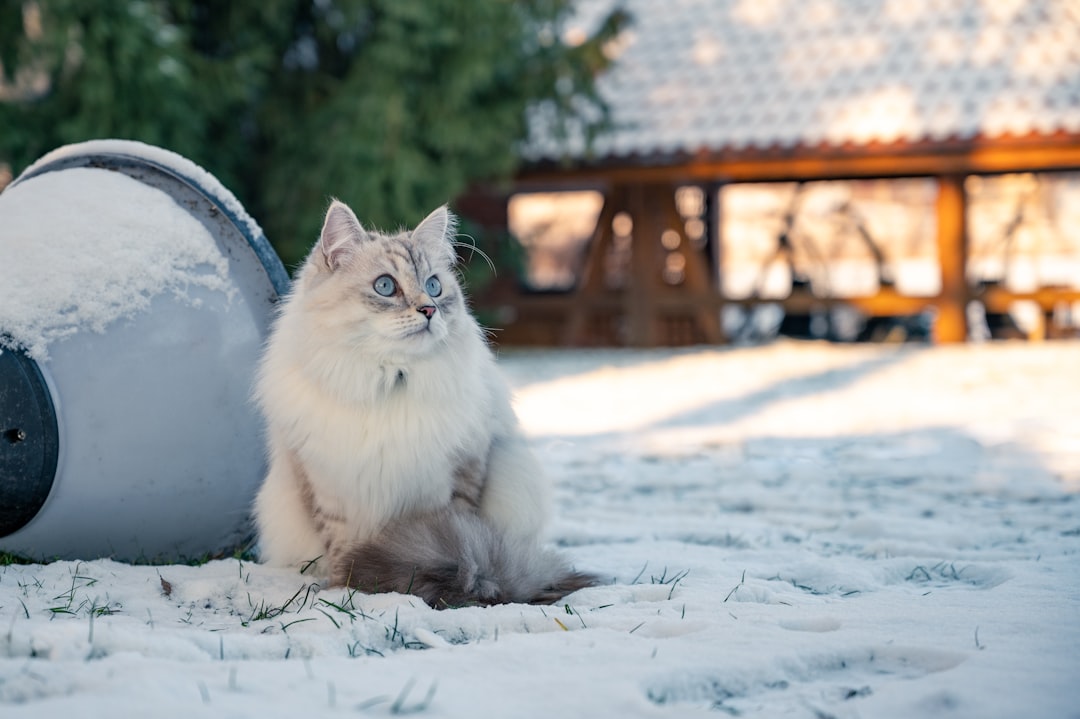
Siberian cats were introduced in Siberia as early as the 17th century and have insulated ears and a dense thick coat that is moisture resistant to help them survive winter when temperatures drop and wet weather sets in. These breathtakingly beautiful cats from Russia are used to long, harsh winters with a weatherproof triple coat that keeps their solid build nice and toasty when the mercury dips.
Their incredible cold tolerance makes them one of the few breeds that actually seem to enjoy winter weather. They’re highly intelligent and still renowned as excellent hunters, traits that helped them survive in one of the world’s harshest climates. However, even these cold-weather champions shouldn’t be left outside in extreme conditions without proper shelter.
Norwegian Forest Cat – The Viking’s Companion
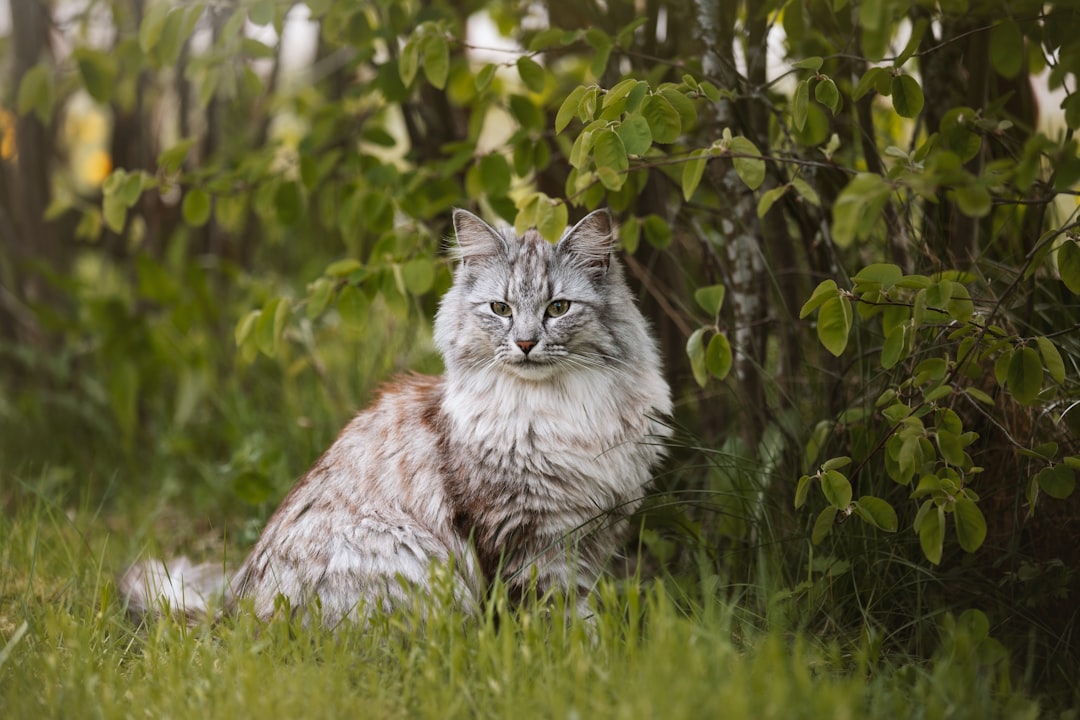
The Norwegian Forest Cat is one of the best cats for winter weather. These cats have a water-resistant, semi-long coat with a dense undercoat developed to help them survive in the cold climates of Scandinavia and have been included in Viking legend and mythology. Their thick, waterproof coat provides excellent insulation, consisting of a woolly undercoat and longer, coarse, water-resistant outer coat that protects against snow, rain, and moisture.
These cats shed their coat in spring and summer, then grow a thicker, fuller coat in fall and winter to prepare for colder weather, and their large, muscular body with broad chest helps them maintain body heat more efficiently. They’re also known for their ability to run down trees headfirst, a skill developed through sturdier claws likely evolved to survive rocky terrain.
Maine Coon – America’s Cold Weather Champion
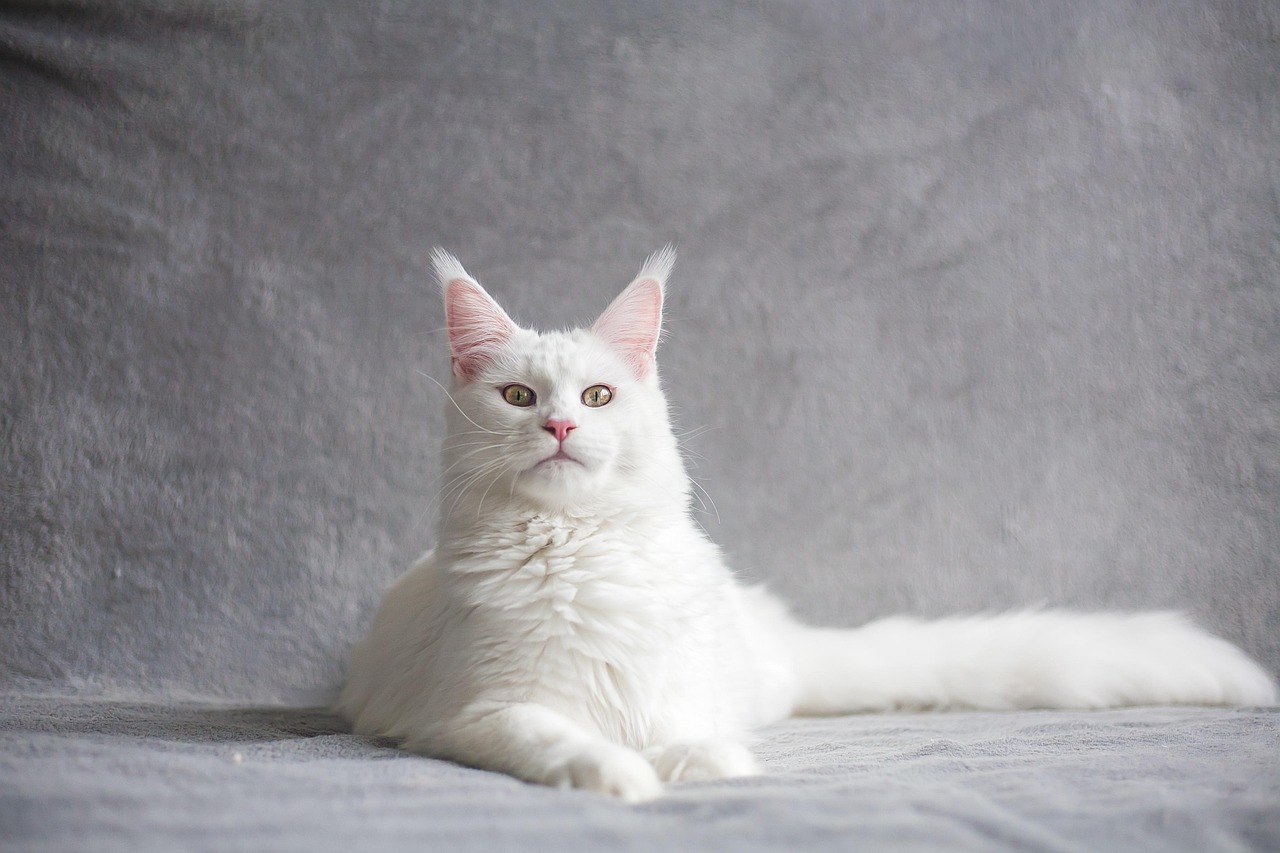
Maine Coons developed naturally in Maine’s harsh winter climate, and many members of this breed love spending time outside in winter. They’ve adapted to colder elements by growing a thick, luscious, semi-water-resistant coat perfect for repelling snow and staying warm, and their large, wide paws act like snowshoes in winter, preventing them from sinking into snow as they walk.
These massive cats typically weigh 12-18 pounds and have a thick coat that extends across their bellies to let them tackle snow with ease, with extra wide paws to help them travel across snow piles without sinking. Their large and sturdy bodies are perfect for harsh winters, making Maine Coons another breed that’s perfect for cold climates.
Turkish Van – The Swimming Snow Cat
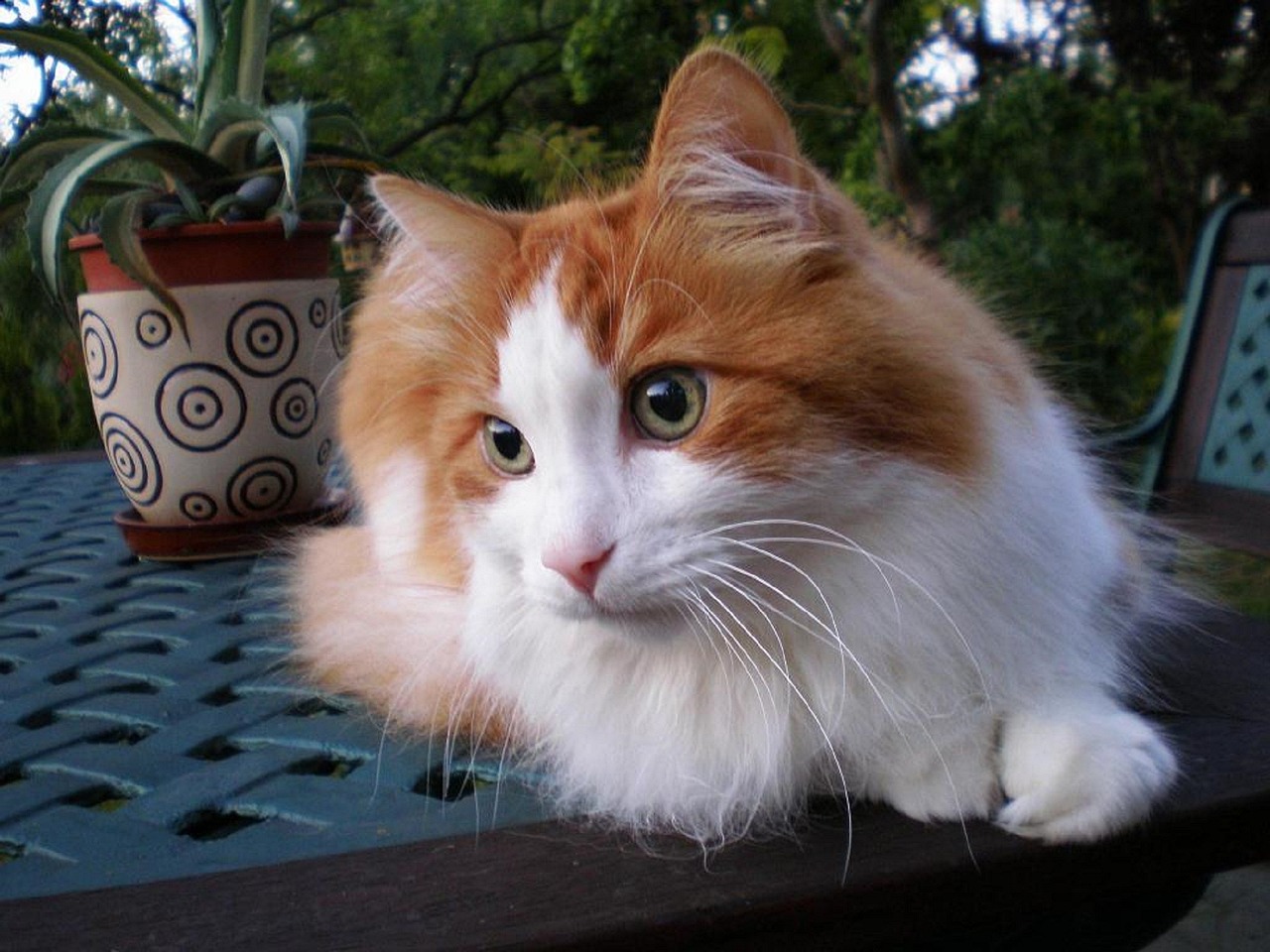
Turkish Van cats are used to experiencing extreme temperatures and have no trouble handling chilly climates, with long, thick winter coats that keep them lovely and toasty warm and a sturdy build. The Lake Van region where they originated experiences extremes of weather from hot and humid in summer down to temperatures of -12ºC or lower in winter. The coat of a Turkish Van is water repellent, and this is the cat that’s often pictured swimming.
Turkish Vans seem to happily ignore rain as they have a pretty water-resistant coat, and most of them have more than a normal love of water, ranging from dripping taps to dunking their toys in water bowls. The Turkish Van is even known as the “Swimming Cat” and was named after Lake Van in southeastern Turkey, and these breeds are highly active, intelligent, and sociable.
Himalayan – The Fluffy Cold Weather Survivor
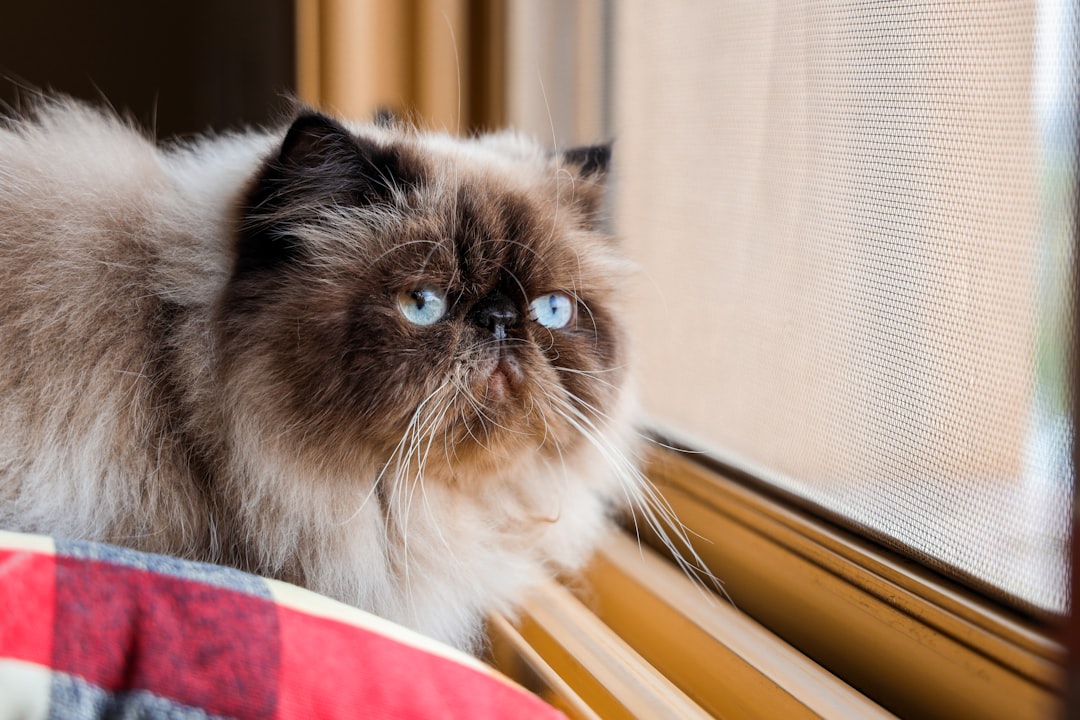
Himalayan cats originate from extremely cold regions, so it’s no wonder they’re fully adapted to cold weather with thick and long furs that make them capable of surviving even the lowest temperatures. Mild to moderate winter temps are perfectly fine for Himalayan cats, and their thick coats keep them insulated from the cold. They have a specific type of skin that produces more oil during winter months, providing further protection against cold, and like most cold-weather cats, they have large and round paws perfect for walking on snow.
These regal felines with their dense, luxurious coat and striking color points are built to withstand cooler climates, making them naturals for snowy escapades, and their thick fur keeps them warm as they gently paw through the snow while observing the sparkling world with their vivid blue eyes. However, Himalayan cats are sensitive to extreme temperatures and can suffer from hypothermia or frostbite if exposed to cold conditions for too long.
Conclusion

Winter brings unique challenges for different cat breeds, and understanding your feline’s specific needs can make all the difference in keeping them healthy and comfortable. While breeds like the Sphynx and other hairless cats require heated beds, warm clothing, and constant temperature monitoring, cold-weather champions like Siberians and Norwegian Forest Cats seem to come alive when the snow falls.
The key is recognizing that even cold-tolerant breeds have their limits, and no cat should be left outside in extreme weather without proper shelter and care. Whether you’re bundling up a shivering Oriental Shorthair or watching a Maine Coon joyfully pounce through snow drifts, your attention to their individual needs will ensure they stay safe and content all winter long.
What do you think about these winter care differences between breeds? Have you noticed your cat’s behavior change dramatically with the seasons? Tell us in the comments.

